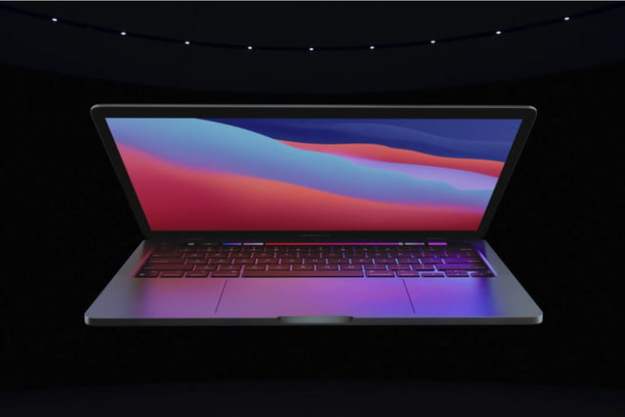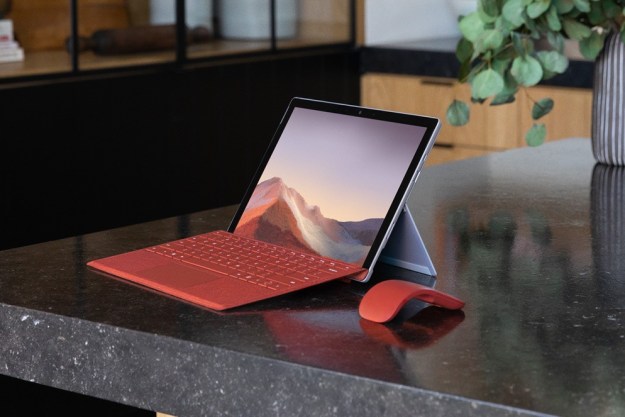
Related: Microsoft patches Internet Explorer slowdown bug, download now
In all, the problems have been associated with four patches, which aimed to address a number of issues. Aside from the symptoms associated with system instability, these could cause problems with any of your computer’s fonts in the event that any of them aren’t installed in the typical fonts directory in Windows.
Related: Common Windows 8 and Windows 8.1 problems, and how to fix them
According to Microsoft, fonts that are installed anywhere other than “%windir%\fonts\” can’t be changed when loaded into an active session, and could spit out a “File in use” error message if you attempt to alter, replace, or delete them. These fonts can also render incorrectly.
Here are the four problem patches that Microsoft has identified:
- “2982791 MS14-045: Description of the security update for kernel-mode drivers: August 12, 2014″
- “2970228 Update to support the new currency symbol for the Russian ruble in Windows”
- “2975719 August 2014 update rollup for Windows RT 8.1, Windows 8.1, and Windows Server 2012 R2 “
- “2975331 August 2014 update rollup for Windows RT, Windows 8, and Windows Server 2012″
If you want to check and see if you have any of these patches installed on your Windows 8.1 PC, head over the the Metro UI and type “Programs.” Then, click “Programs and Features.” From there, click “View installed updates” in the upper left hand corner of “Programs and Features.” This screen will allow you to identify whether you’ve installed any of the updates that have been causing problems for Windows 8.1 users by matching them up with the identification numbers in the list above.

To uninstall any of these updates, just click on them, and click “Uninstall” towards the top of the window.
This isn’t the only issue that Microsoft has had with its big-name software products. Microsoft acknowledged issues with Internet Explorer users experiencing extreme performance slowdowns, and has issued patches to combat the problem.
Editors' Recommendations
- Blue Screen of Death: What it means and what to do if you get one
- How to uninstall Windows 10 and downgrade to Windows 8.1
- Windows 11 brings back a familiar ‘friend’ to accompany your PC crashing
- Microsoft confirms Windows 10 21H1, its first major update for this year
- Microsoft is setting the stage for the biggest update to Windows in years


